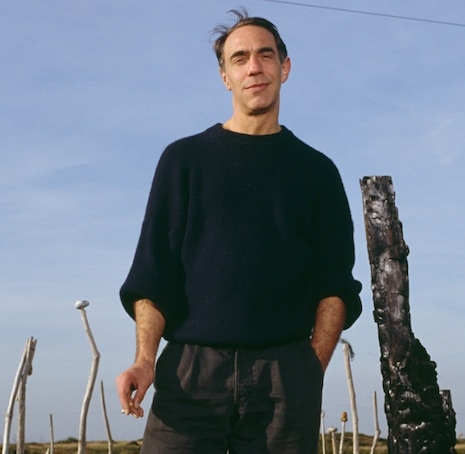
Derek Jarman became a filmmaker by accident. He was originally a painter, an artist who started making home movies with friends at his Bankside home in London. These Super-8 films slowly evolved into movies and one of the most exciting, original and provocative filmmakers since Ken Russell arrived. During a seventeen-year career, Jarman made eleven feature films—from the Latin and sand romp Sebastiane through his punk movie Jubilee (1978) to Caravaggio (1986) and the final one color movie Blue. During all of this time, the artist, director, writer, gardener and diarist painted.
Jarman was a student the Slade School of Art in the 1960s where he was taught—like everyone else—to be an “individual.” Jarman felt he was already managing that quite well in that department without being told how. He left art school and worked as a set designer with Ken Russell—most spectacularly on The Devils in 1971 and then Savage Messiah in 1973. His painting career splits into different sections; his early work reflected his interest in landscape, form, and color—something which would recur in his films—his later work reflecting his more personal experience. However, as he began making films Jarman shifted from using paint to creating pictures with celluloid.
His return to painting came after his HIV diagnosis in 1986, when he produced a series of Black Paintings—collages made from objects found on the beach at his cottage in Dungeness. He placed these objects on an oily black background—similar to the contrasting black of the tableaux he used in Caravaggio the same year.
As his condition worsened, Jarman painted larger, more abstract canvases. He was given a large room to paint in where he splashed the canvas with thick bright paints, scrolling words and statements across its surface. His influence came from his life, his own films and the work of Jackson Pollock. The brightness and color of the paintings were a defiance in the face of illness.
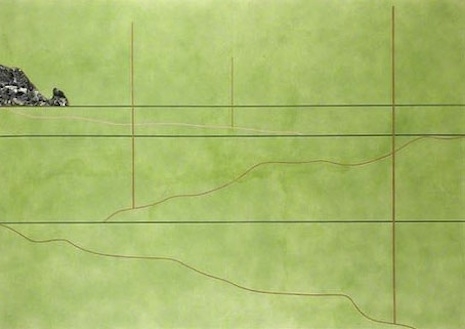
‘Landscape with Marble Mountain’ (1967).
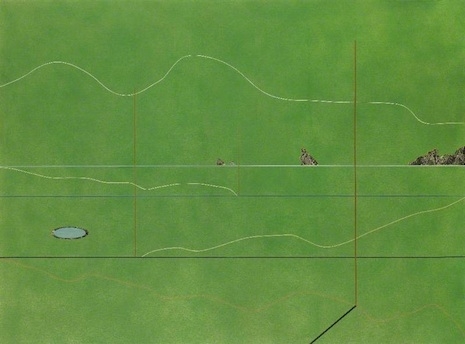
‘Landscape with a Blue Pool’ (1967).

‘Avesbury’ III (1973).
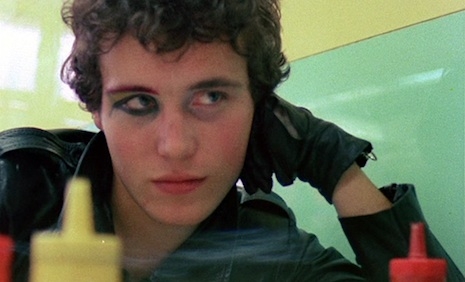
Film mirroring art: Adam Ant in Jarman’s ‘Jubilee’ (1978).

‘Silence’ (1986).
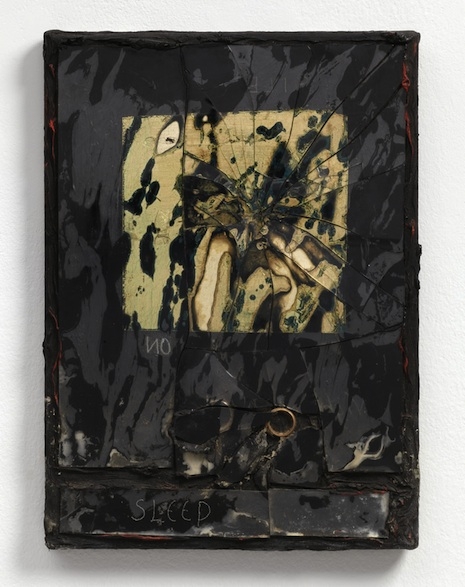
‘Sleep’ (1986).
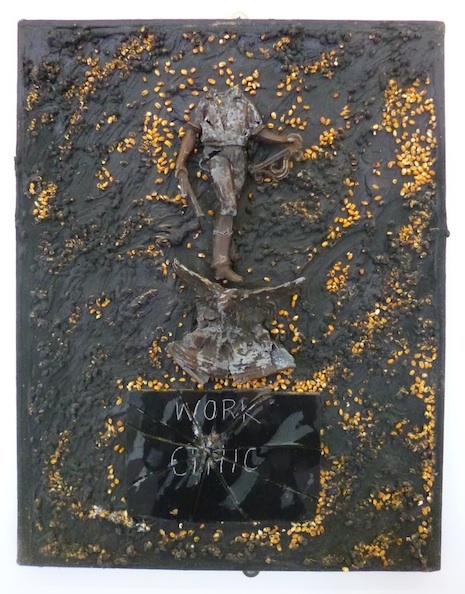
‘Work Ethic’ (1986).
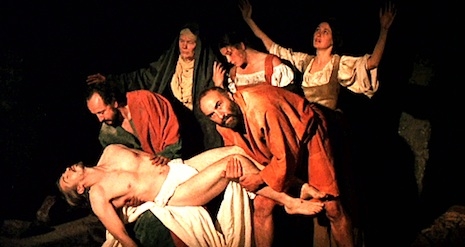
A tableau from Jarman’s ‘Caravaggio’ (1986): Figures against a black background.

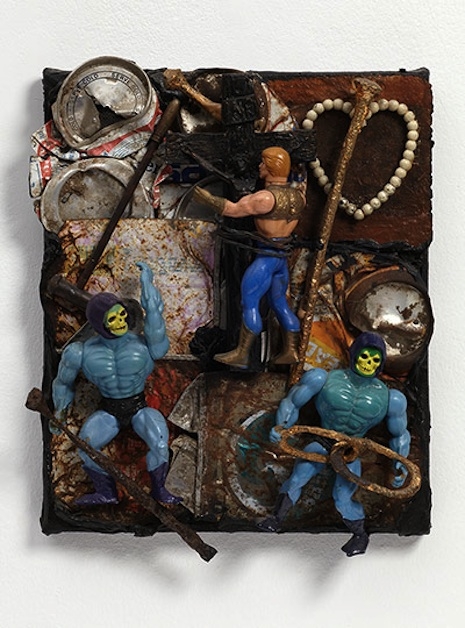
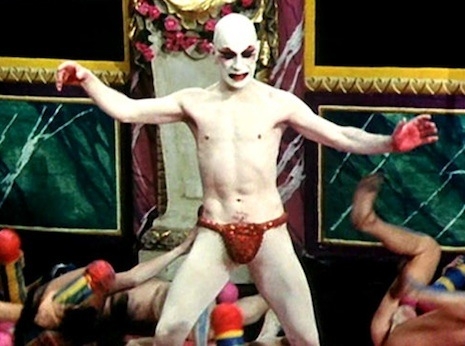
Lindsay Kemp in Jarman’s ‘Sebastiane’ (1976).
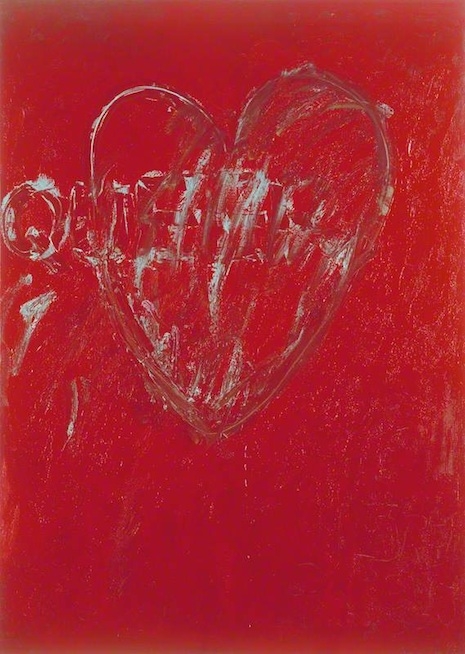
‘Queer’ (1992).
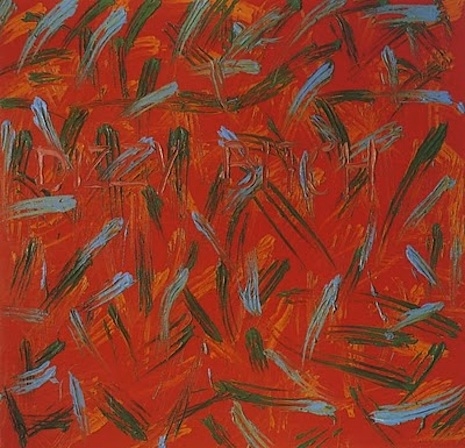
‘Dizzy Bitch’ (1993).
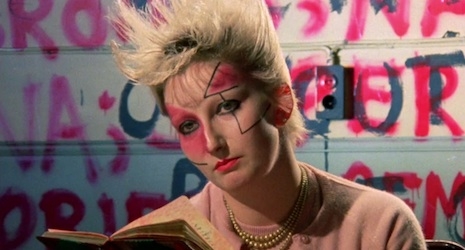
Jordan in Jarman’s ‘Jubilee’ (1978).
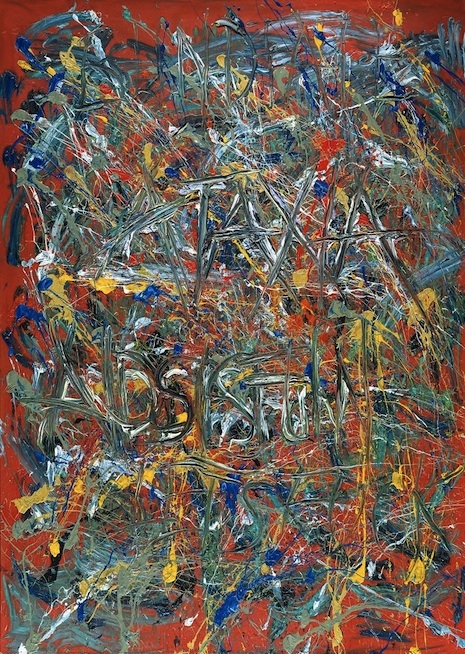
‘Ataxia: AIDs is Fun’ (1993).

‘Sightless’ (1993).

Derek Jarman’s last painting 1993.